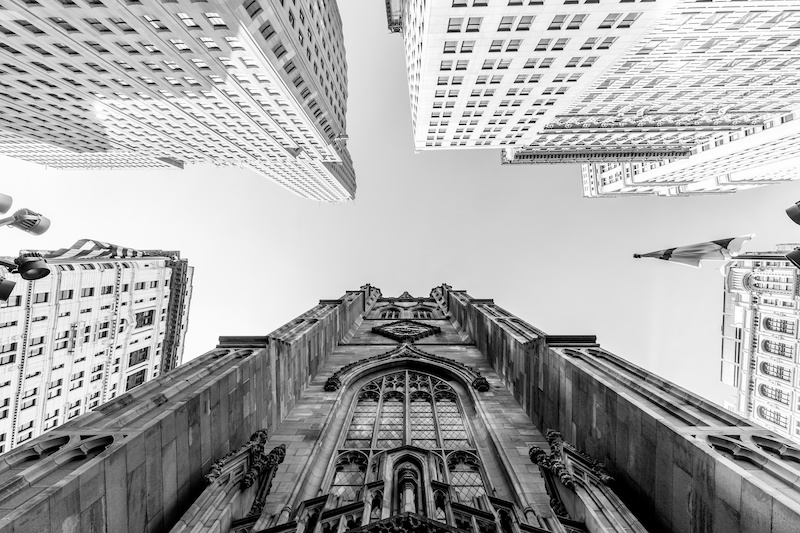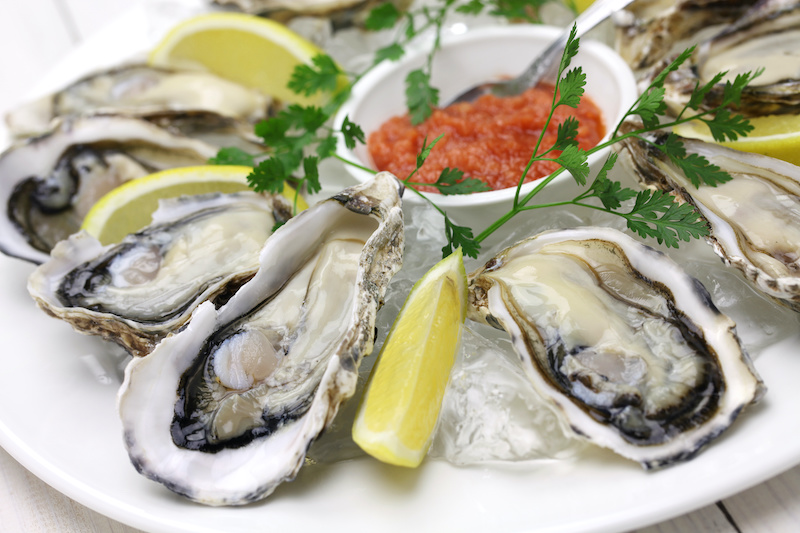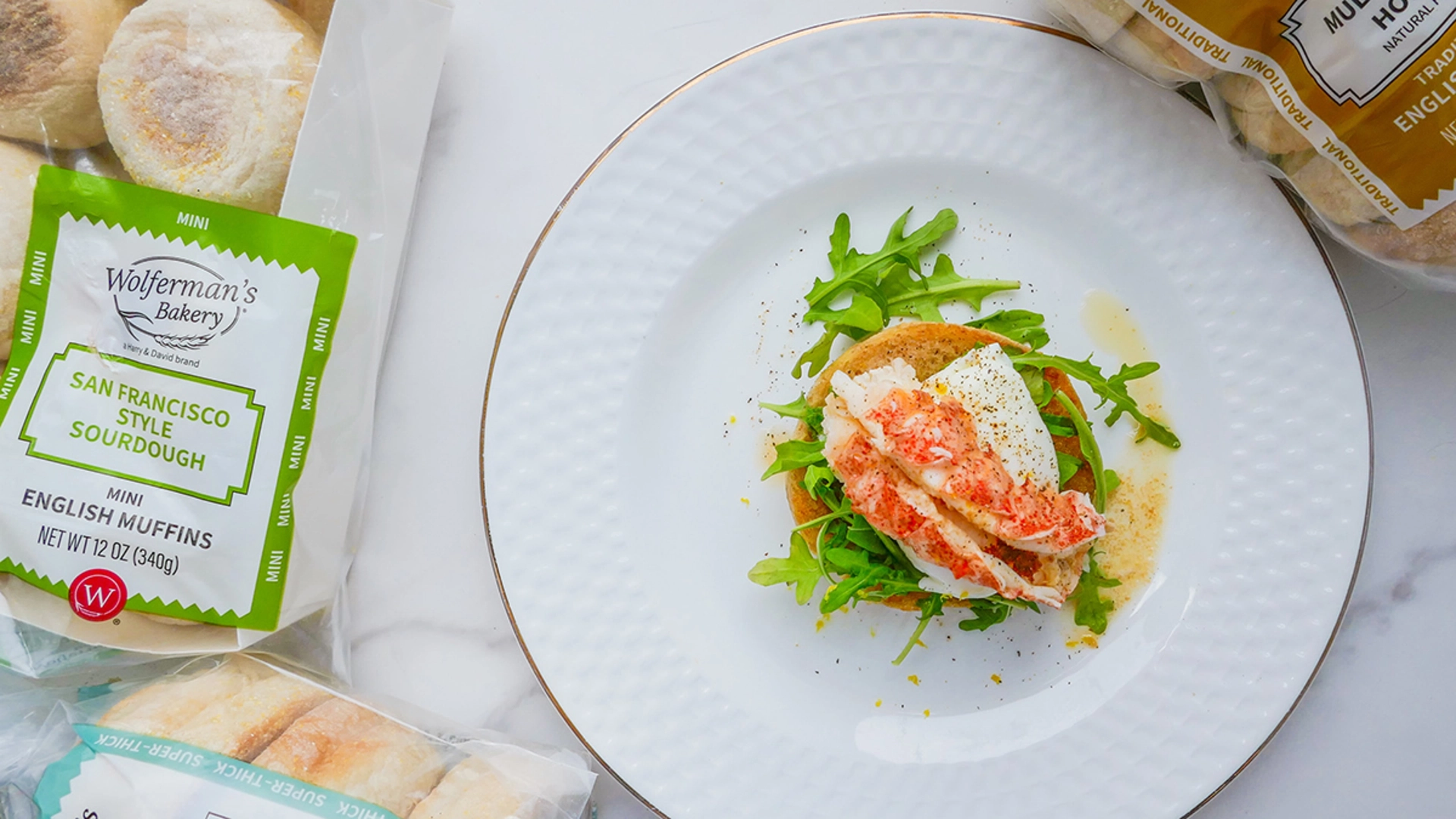How Oysters Built New York City
Would you believe that in Manhattan's early years, plump, fresh oysters came directly from the Hudson River? It's true!
May 20, 2022
When Henry Hudson sailed into New York harbor in 1609, he entered a brackish intertidal zone rich in nutrients with a shoreline of marshy, rocky shallows—the perfect environment for oysters. Some 350 square miles of oyster reefs stretched in all directions.
It was easy to reach into the water and pluck oysters like fruit.
Those bivalves, with shells measuring up to 10 inches long, were much larger and older than the oysters we know today.
As America’s history unfolded, the world came to think of New York as a great port where people ate local oysters. Their millions of discarded shells helped build the city, literally, and for a century oysters were its most popular food.
But this is a cautionary tale: That enormous harvest was overfished and killed by sewage, while the shoreline turned into piers and landfill. By 1927, the last of the New York City oyster beds officially closed for business. Harbor oysters had become too contaminated to eat.
Happily, a few wild oysters still survive against long odds. And now, a new initiative is rebuilding the oyster beds, both to filter the water and protect the city against storm surges in the climate-change era.
(There seems to be no plan to harvest local New York City oysters for eating soon, which is wise. We recommend oyster fans stick with oysters from the cold, clean waters of Northern California, the Pacific Northwest and Canada, which is where Vital Choice sources its offerings.)
Streets paved with oysters
Throughout the 17th century, the indigenous Lenape people taught the new arrivals how to comb oysters up with rakes and open the shells by wrapping the oyster in seaweed before tossing it on a fire. But long before the Lenape, archeologists have found, earlier peoples were eating oysters, which we can see from piles of shells, called middens, some up to four feet deep.
On the site of one large midden, the Dutch built Paerlstraat, now Pearl Street in the financial district. Alas, New York’s oysters didn’t produce pearls, so the name is likely due to the pearly sheen of the crushed-oyster shells used for pavement.

City-dwellers came to speak of “Little Oyster Island,” now Ellis Island, and “Great Oyster Island,” for the outcrop where the Statue of Liberty now stands. Along the waterfront near Pearl Street, taverns sprang up feeding the poor the cheapest available foods: oysters and beer.
Oyster-paved roads and oyster-paste mortar made the growing city reek (fortunately, the smell eventually fades).
The housing boom was using up oysters fast. With surprising foresight, the colonial government took steps to limit harvests, in 1715 and 1719, in part to protect food for the poor. Oysters also figured in local politics as the oystermen of Staten Island and New Jersey fought over competing claims to oyster beds. Meanwhile, New Yorkers were dumping sewage nearby. In fact, the city dumped untreated sewage into the harbor every day until the 1970s.
Oysters on the menu
Long before hot pretzels or hot dogs, oysters were sold in carts (along with hot corn, peanuts, and buns) and eaten in public.
In the heyday of the city oyster, “oyster cellars” advertised “Oysters in Every Style,” including “fried oysters, oyster pie, oyster patties, oyster box stew, Oysters Pompadour, Oysters Algonquin, Oysters a la Netherland, a la Newberg, a la Poulette, oysters roasted on toast, broiled in shell, served with cocktail sauce, stewed in milk or cream, fried with bacon, escalloped, fricasseed, and pickled,” researcher Carmen Nigro explains on behalf of the New York Public Library, drawing from its collection of city menus.
In the early 1800s, power brokers flocked to the most famous of these establishments, Downing’s Oyster House, at the corner of Broad and Wall streets. Thomas Downing, a free Black man, rowed out to the ships to choose only the best oysters before the ships reached the East River oyster barges. He became rich and famous (Downing gets credit for oyster stuffing in turkey), while his son George hid escaped slaves in the basement.
Later, in 1908, Delmonico’s restaurant established the style of serving oysters raw on the half-shell.
However, by the time the Oyster Bar in Grand Central Terminal opened in 1913, it was no longer serving oysters from the Harbor due to the pollution and sewage. They came from Long Island Sound or further away.
Why you should eat oysters
Oysters, like most shellfish, are low in calories. Six of medium size are less than 50 calories, and you’ll get about 12 grams of protein, along with vitamin D, copper, zinc, selenium, iron, and vitamin B12. However, there’s no science to support the long-popular idea that they are an aphrodisiac.
Today's sources of quality oysters
Since Henry Hudson’s day, the American oyster harvest has largely moved to the Pacific, including the west coasts of the U.S. and Canada. Each region will produce oysters with their own distinct shape, size and flavor, depending on the local conditions and how they are grown.

Vital Choice selects shellfish largely from a range of clear, clean Pacific waters.
Oysters return to New York City
The city’s oyster beds had been a natural defense against storm surges. Like coral reefs elsewhere, they broke up large waves before they hit the coast. After Hurricane Sandy flooded the city, a task force decided to build a series of oyster walls reinforced with concrete near the southern shore of Staten Island .
In 2012, the Billion Oyster Project declared that it would add that many live oysters to New York Harbor. The Project relies on restaurants to donate discarded shells that are used to hatch new oysters. Its goal: to repair the ecosystem by 2035. A single oyster can filter 30 to 50 gallons of water a day.
Oysters also attract other marine life, including crabs and fish.
In 2018, workers restoring a Hudson-River pile at the southeast corner of Pier 40 near the Holland Tunnel noticed a live, nine-inch-long oyster, thought to be as much as 15 years old.
Let’s applaud this sign of a comeback and hope many more oysters return to restore New York’s once-teeming reefs.







